 home / Insecta · vabzdžiai / Coleoptera · vabalai / Anthicidae · mitriavabaliai
home / Insecta · vabzdžiai / Coleoptera · vabalai / Anthicidae · mitriavabaliai
creation date / All / All

-
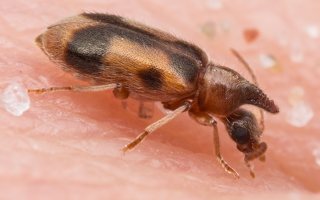 Notoxus monoceros · vienaragis mitriavabalis
Notoxus monoceros · vienaragis mitriavabalis
-
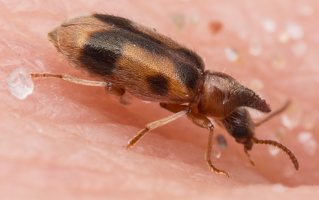 Notoxus monoceros · vienaragis mitriavabalis
Notoxus monoceros · vienaragis mitriavabalis
-
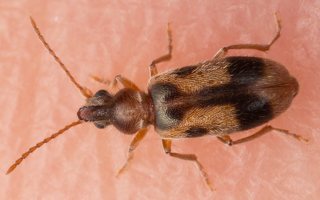 Notoxus monoceros · vienaragis mitriavabalis
Notoxus monoceros · vienaragis mitriavabalis
-
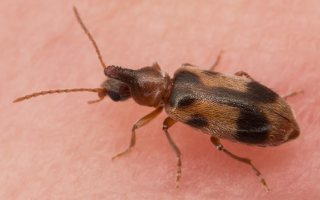 Notoxus monoceros · vienaragis mitriavabalis
Notoxus monoceros · vienaragis mitriavabalis
-
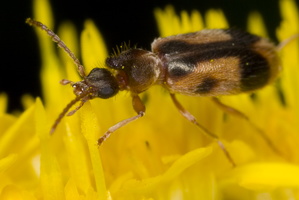 Notoxus monoceros · vienaragis mitriavabalis
Notoxus monoceros · vienaragis mitriavabalis
-
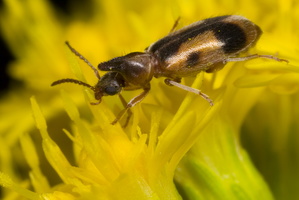 Notoxus monoceros · vienaragis mitriavabalis
Notoxus monoceros · vienaragis mitriavabalis
-
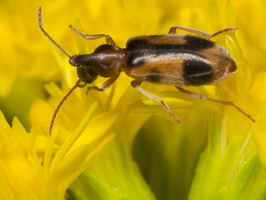 Notoxus monoceros · vienaragis mitriavabalis
Notoxus monoceros · vienaragis mitriavabalis
-
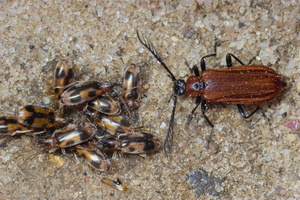 Notoxus monoceros · vienaragis mitriavabalis
Notoxus monoceros · vienaragis mitriavabalis
-
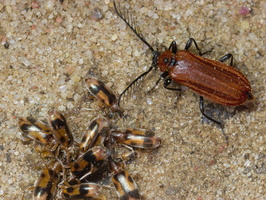 Notoxus monoceros · vienaragis mitriavabalis
Notoxus monoceros · vienaragis mitriavabalis
-
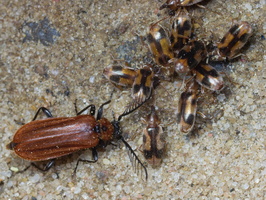 Notoxus monoceros · vienaragis mitriavabalis
Notoxus monoceros · vienaragis mitriavabalis
-
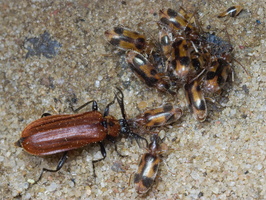 Notoxus monoceros · vienaragis mitriavabalis
Notoxus monoceros · vienaragis mitriavabalis
-
 Notoxus monoceros · vienaragis mitriavabalis
Notoxus monoceros · vienaragis mitriavabalis
-
 Notoxus monoceros · vienaragis mitriavabalis
Notoxus monoceros · vienaragis mitriavabalis
-
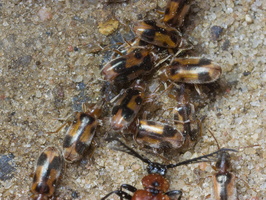 Notoxus monoceros · vienaragis mitriavabalis
Notoxus monoceros · vienaragis mitriavabalis
-
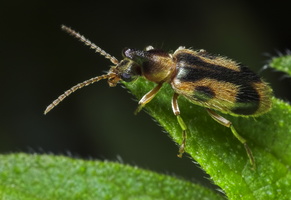 Notoxus monoceros · vienaragis mitriavabalis
Notoxus monoceros · vienaragis mitriavabalis
-
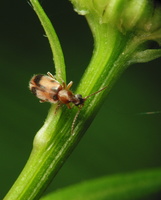 Notoxus monoceros · vienaragis mitriavabalis
Notoxus monoceros · vienaragis mitriavabalis
-
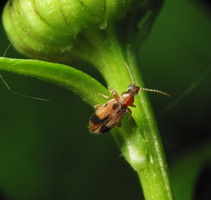 Notoxus monoceros · vienaragis mitriavabalis
Notoxus monoceros · vienaragis mitriavabalis
-
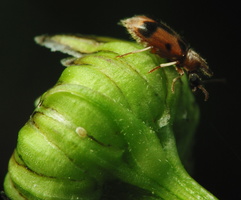 Notoxus monoceros · vienaragis mitriavabalis
Notoxus monoceros · vienaragis mitriavabalis
- Notoxidae, Ischaliidae
- ant-like flower beetles, ant-like beetles
- Sandpilere
- Blütenmulmkäfer, Blumenkäfer
- antikaiset
- mitriavabaliai
- ložņvaboļu dzimta
- snoerhalskevers, bloemenkevers, bloemenkevertjes
- sandbiller
- nakwiatkowate
- kvickbaggar
Kūnas cilindriškas, siauras. Priešnugarėlė žymiai siauresnė už antsparnius. Kai kurių rūšių priešnugarėlė su rago formos išauga. Galva nukreipta į priekį ir nėra prigludusi prie prieškrūtinio. Lervos vystosi įvairiose pūvančiose augalų liekanose liekanose, miško paklotėje, po akmenimis, skruzdėlynuose. Lietuvoje – apie 10 rūšių. Dažnesnė rūšis – vienaragis mitravabalis (Notoxus monoceros).
Adult beetles are omnivorous, being known to consume small arthropods, pollen, fungi, and whatever else they can find. Some species are of interest as biological control agents, as they can eat the eggs or larvae of pests. Larvae are either omnivorous, predators, or fungus-eaters; the young of one species of Notoxus have been observed boring into sweet potato tubers. Many members of the family are attracted to cantharidin, which they seem to accumulate and that deters possible predators.
Their heads constrict just in front of the pronotum, forming a neck, and the posterior end of the pronotum is usually narrow as well. Legs and antennae are slender, heightening the ant-like appearance, and the body is sparsely covered with small hairs, called setae.
Most of the text below is from now defunct site www.ukbeetles.co.uk, where it was published under a CC BY 4.0 License.
These small beetles develop in rotting vegetation, and the adults can often be seen on flower heads. Most species are coastal.
Introduction
This is a large cosmopolitan family of about 3500 described species in more than 100 genera and 8 subfamilies although some other groups are variously included; Ischaliidae (Blair, 1920), the Broad-hipped Flower Beetles, is a distinct family formerly included as a subfamily, and Afreminae (Levey, 1985) and Lagrioidinae (Abdullah & Abdullah, 1968) are generally included but their placement is doubtful. The family has historically been used to accommodate many tenebrionoid genera or species not easily placed elsewhere and as there is no modern analysis of the family there may well be significant changes in the future, more especially as several hundred species have been added in recent years and the pace of discovery is continuing, but the subfamilies listed below are generally accepted as constituting the family. Anthicids occur on all continents but temperate faunas tend to be limited e.g. 230 species are listed from the Nearctic region and the European fauna includes 400 species but diversity decreases rapidly with latitude e.g. only 27 species are listed from Germany, and by far the greatest diversity is in tropical and subtropical regions; in some rainforest regions of Asia and some semi-arid Afrotropical regions they occur in huge numbers and are second only to ants in terms of biomass.
Description
As the common name suggests these beetles superficially resemble ants and, with some few exceptions outlined above, this is generally true; there is a wide variation in general morphology but these are variations on a basic theme and most species are readily recognized as members of the family. In life they also mimic ants in behaviour; their movements are rapid and jerky and the way they run with the legs splayed laterally is strongly suggestive of ants. Most can be recognized by the over habitus; the head is usually angled inwards behind relatively long temples to a distinct and often narrow neck, the pronotum is either rounded laterally or widest in front of the middle and narrower at the base than the base of the elytra, the elongate elytra are narrow and parallel or only weakly rounded laterally and the appendages are long and slender. Confusion with some other families can be avoided by being aware of the 5-5-4 tarsal formula. Most species are rather drab coloured; many have red, yellow and brown or black patterns to the pronotum and/or elytra; banding or maculae which are aposematic, but these tend to be subtle rather than striking. Dorsal pubescence is very variable; sparse and fine or almost glabrous to dense and relatively long but most species are to some extent distinctly pubescent. The following description will apply to the majority of species and certainly those of the Anthicinae which is most relevant to the UK fauna.
1.2-18.0 mm, in UK species 2.5-4.5 mm. Head prognathous or only slightly inclined with the labrum at least partly visible from above, vertex convex and finely punctured and/or microsculptured, sometimes longitudinally furrowed but otherwise generally without major structure, eyes round to transversely oval, convex and sometimes prominent but usually relatively small, often with short and fine interfacetal setae, temples distinct, often long and contracted towards a base that is often truncate or nearly so. Antennae 10-12 segmented but 11-segmented in the vast majority of species, short to long; about half the body length, and filiform or only weakly and gradually expanded towards the apex, insertions visible from above and placed laterally on the frons anterior to the eyes. Frontoclypeal suture usually distinct, sometimes only faintly impressed, labrum usually transverse and well-sclerotized, mandibles small and curved; with a well-developed mola and truncate to simple or bi- or multidentate apically. Labial palpi 3-segmented with the apical segment fusiform, maxillary palpi 4-segmented with the apical segment cylindrical, fusiform or truncate and expanded. Pronotum elongate and simply oval to trapeziform, often broadest anterior to the middle and with indistinct anterior angles or simply rounded to a narrow neck, often constricted before the base but without a sub-basal transverse impression, anterior and posterior margins simple or bordered, lateral margins without borders. In Notoxus modified anteriorly into a horn which extends over the head, in some with a longitudinal median furrow but otherwise usually without major structure e.g. in Omonadus floralis (Linnaeus, 1758) there are 2 small tubercles towards the anterior margin. Prosternum short anterior to posteriorly open and contiguous coxal cavities, if present the process is short, mesosternum broad and rounded or triangular apically, the coxal cavities contiguous or narrowly separated and open or closed laterally. Metacoxal cavities transverse and separate. Scutellum small and usually triangular. Elytra entire and continuously rounded, only rarely abbreviated in some Anthicini, smooth and finely to strongly punctured, rarely striate, epipleura absent or narrow and variously continued to the apex. Surface without major structure. Wings variable, when present with a distinct anal lobe. Abdomen with 2 basal ventrites free and movable, remainder fused and immovable, segment 8 apparently without spiracles. Legs long and slender, femora often claviform, femora and tibiae sometimes with tooth-like expansions, all tibiae with apical spurs and tarsi always 5-5-4 with some, generally at least the penultimate, segment lobed ventrally. Claws simple or with a basal lobe, serrate, pectinate or bifid, sometimes with an empodium. Larvae are small <3 mm when fully grown (UK species), elongate and more or less parallel-sided or slightly widened apically, cylindrical and poorly sclerotized but for the head, mouthparts and, where present, urogomphi. Head prognathous; without a distinct frontoclypeal suture but with a complete suture between the head capsule and the labrum, with a rounded labium and asymmetric bidentate mandibles. Antennae 3-segmented, labial palpi 2-segmented. Prothorax longer than the meso- and metathorax and a little narrower than the abdomen, all segments with 5-segmented legs, mesothorax with annular spiracles. All legs with a single moveable claw. Abdomen with 10 visible segments and much longer than the thorax; basal segments with annular spiracles and the terminal segment with paired cerci or fixed and unsegmented urogomphi.
Ecology
In the UK both adults and larvae occur in a wide variety of habitats, but many species occur in areas of sandy or loose soil with patchy vegetation and a supply of decaying organic matter. Larvae generally live among accumulated organic debris, within the soil or among decaying wood and under bark and, like the adults are mostly saprophagous or detritivores. Adults will occur through general sweeping of vegetation etc. and may sometimes be found in numbers on umbels and other flowers, in reed beds or among decaying plant matter, and sieving compost or accumulated litter over a sheet is a good way of finding them. Similar methods should be employed at the coast where diversity is generally higher, but searching under debris in salt marsh and estuary situations can be the most rewarding method, more especially as they tend to occur in large numbers in such situations. Notoxus may be found by sieving dry and loose sand in sparsely vegetated areas on sand dunes and slacks.